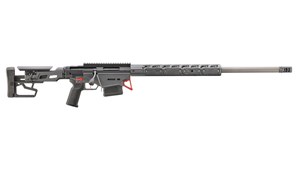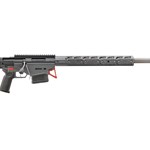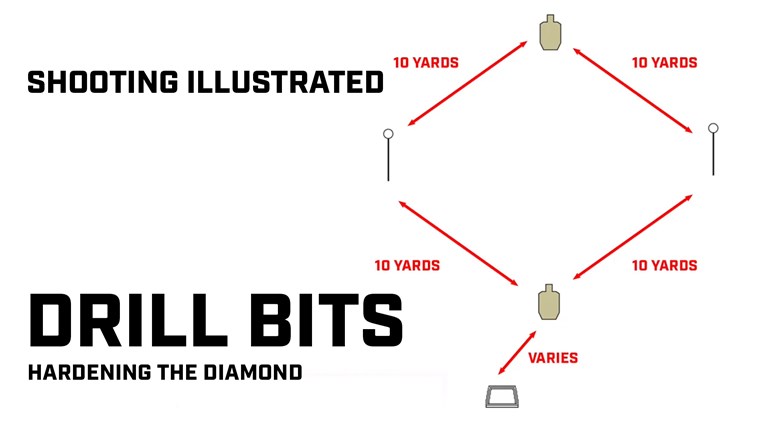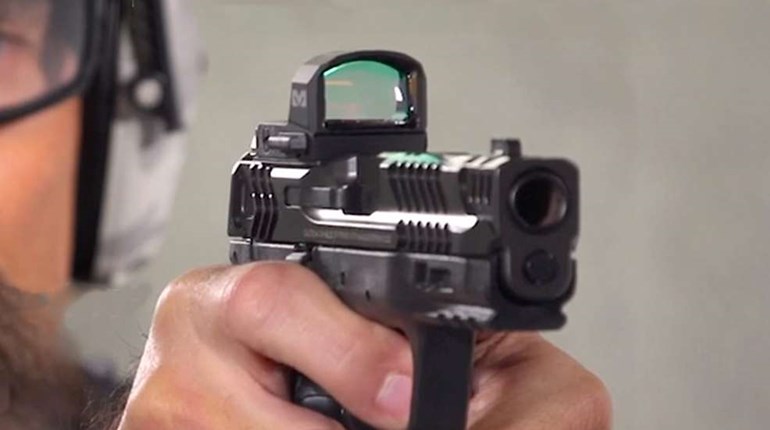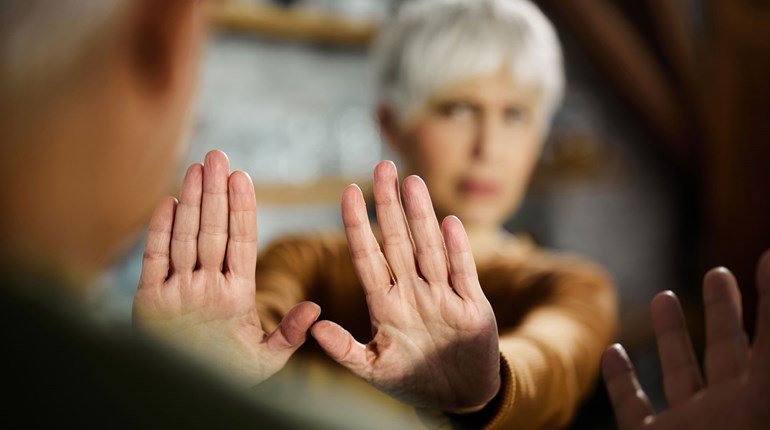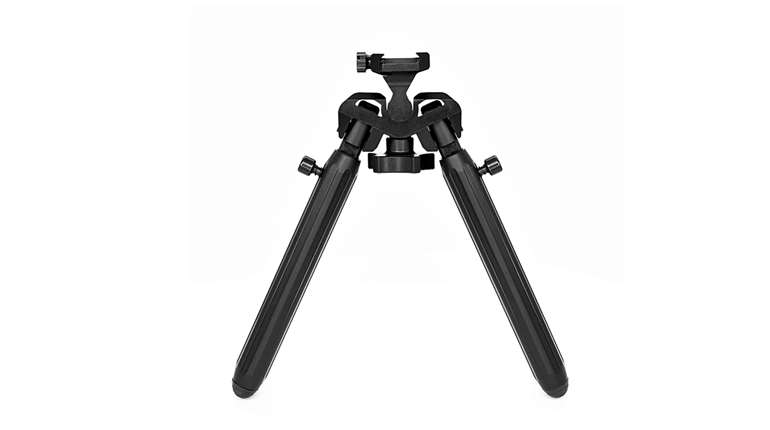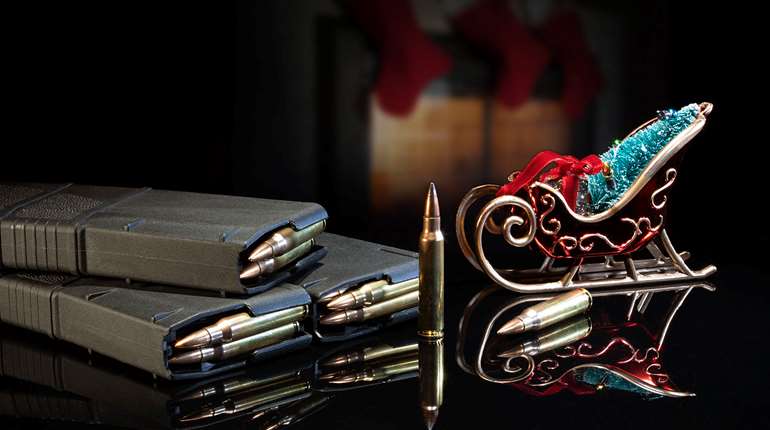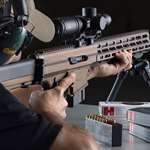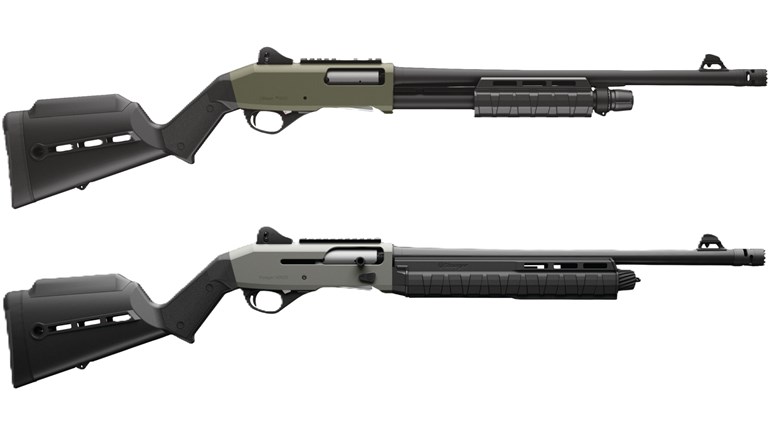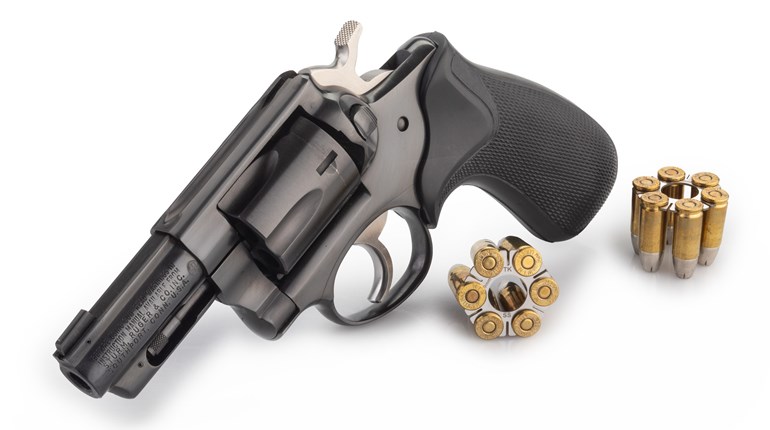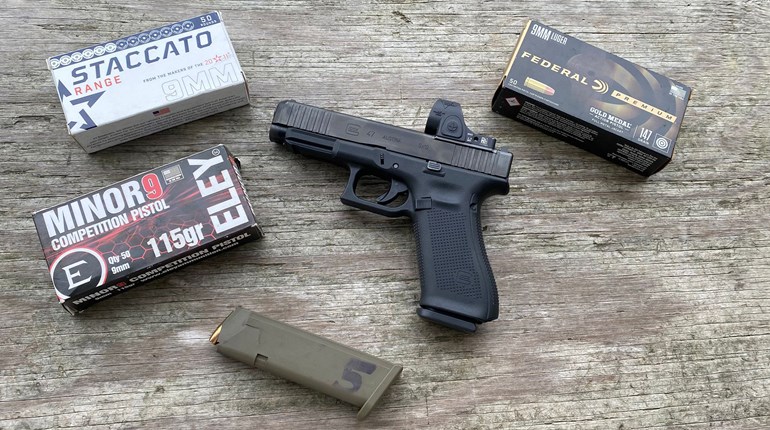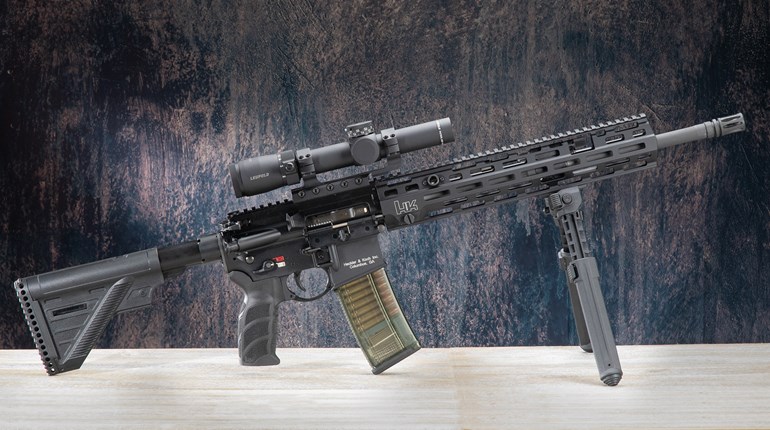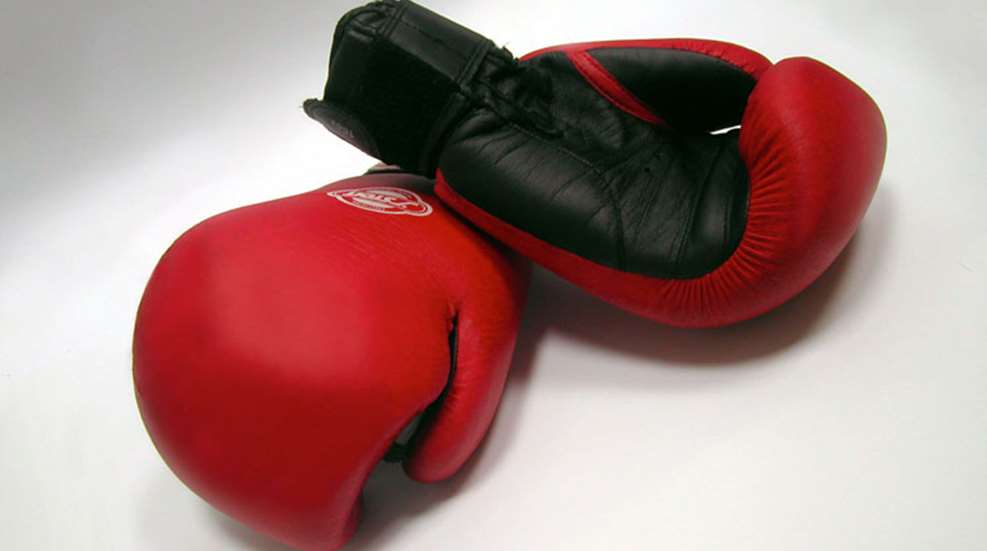
Like everything else covered in Part I, equipment need not be expensive, uncommon nor singular in its usage in life. For our purposes here, an aluminum ladder laid flat on the ground suffices quite well and, much like a set of dance instructions, the rungs and the raised sides of the ladder teach you how to detect an obstruction in your path, find secure placement, step-over-step, step-over-step. One the surface it can appear to be a rather mundane approach to training but one must remember this is about using what is available at home to hone skills you may or may not already possess.
Placed on the floor, one is free to approach the "situation" as it were as so desired and can be continually mixed up. The basic concept of lights on and walking straight-up feet between the rungs seems easy enough, but with your hands occupied with your (unloaded) pistol, eyes fixed at a general level of anything about mid-chest height to threat-scan and coupled now with making a slow retreat back through the rungs you find such practice slightly more challenging.
Angled into or out of a doorway in the dark, tactical light in one hand (unloaded) pistol in the other, the challenge is to move effectively while maintaining control. It may not be as simple as it reads on paper.
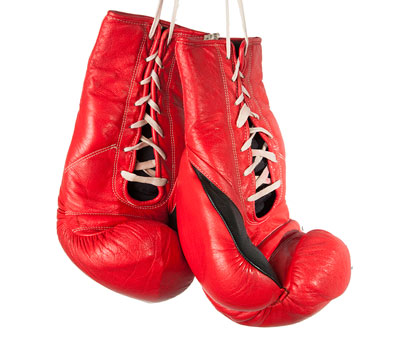
You are, in the end, only limited to your imagination as to how to work yourself through it. What I can assure you is no matter how silly you may think of such a concept for at-home training is, if you are ever confronted with maneuvering through the dark to contend with bad things—while not knowing what is underfoot—you will be glad for any time you invested in working on that particular area of improvement. You may even realize you should have done more regardless of how much you did or didn't do.
Everyone I know at some point reconnects with flinching off and on in their life of shooting, and it's not uncommon for new shooters to be plagued by it, especially in some modern renditions of pocket guns where the ammunition outweighs the gun. In my on-again, off-again relationship with the flinch, upon encountering it I would shelve the centerfire pistols on the next couple of trips to the range and shoot a hundred or so rounds of .22 LR. I would venture to guess that I need not go any further writing about that method given the continued scarcity of the old twenty-two ammunition these days. The flinch can be fought, however, and one need look no further than the swimming pool or even bath tub.
I see the raised eye brow.
What is flinching, other than the mind making a anticipatory reaction in sudden fashion based upon the possibility of getting hit? So you remove this way of assumed "thinking" by making the associations between the mind and the eyes comfortable with unexpected close proximity "threats". That is why you do it after all. Your mind has concluded there is a threat, especially towards the eyes so they shut in a protective manner.
Striking the surface of the water with your hands causes the water to fly upward in an irregular manner. Your brain, initially not being able to compensate for the minor onslaught of droplets of water coming in at every angle tells the eyes to shut or at least squint. By doing this repeatedly (and often) your brain adapts to the fact that small, and essentially understated "attacks" to the eyes, whether it is droplets of water, a recoiling slide or spent brass flying, is in fact not going to do any harm and learns to ignore such erratic incoming movements.
It also helps your brain to focus on more important issues should you have to deal with a confrontation with an erratically behaving person who may be not necessarily be violent, or at least at that point and time. A flinch is a distraction, a man distracted is a man defeated.
One tactic least trained for, in my opinion, is how to get down, get behind or find cover or concealment. In some respects it may come from in the back of our heads that any such maneuvering is on par with cowardice. Yet find yourself in a situation where bullets are flying (or car bombs have gone off) and there is active shooting fighting the desire for all those things becomes paramount.
Why practice "getting low"? Unlike working on drawing from concealment or practicing mag changes, seeking out cover and concealment causes the brain to begin making decisions in a tactical sense. For a large majority of us, that is not something frequently done. In making tactical decisions you begin to lead, and leadership in a bad circumstance, especially effective leadership, matters.
You may be thinking your biggest threat for a potential lethal use of force is when taking your family to the mall, or vacation. Break that down. Even if you were to encounter a potentially violent and lethal encounter that has time stamp of thirty seconds, knowing what cover and concealment looks like and how to use it effectively gets you home.
For all of the holsters, pistols and rifles you may be spending money on, investing in a pair of knee pads from the hardware store and learning how to stop, drop, and draw has more potential in saving your life than that self-loading black rifle locked up in the safe.
The advantage to knee pads is you will allow yourself to drop harder or faster than without them, and in real life you are going to want to make that happen as fast as you possibly can.
Almost every decent shooting academy in the country has it on their list of stuff to bring for running drills on the range, and in class for reasons. Practice is just that, a repetitive act to improve upon a skill. If you don't know, don't practice and don't plan you are not going to "do" in the very moment your life, and the lives of others, depends upon it.
We firearm enthusiasts live in a weird obsessive world of "tactical" this, "entry" that, which are not bad things. But they can not be substituted for good old-fashioned hard work. Training is not a week spent somewhere, but rather a continuation through out your life, in order to safe guard it. Act accordingly.
